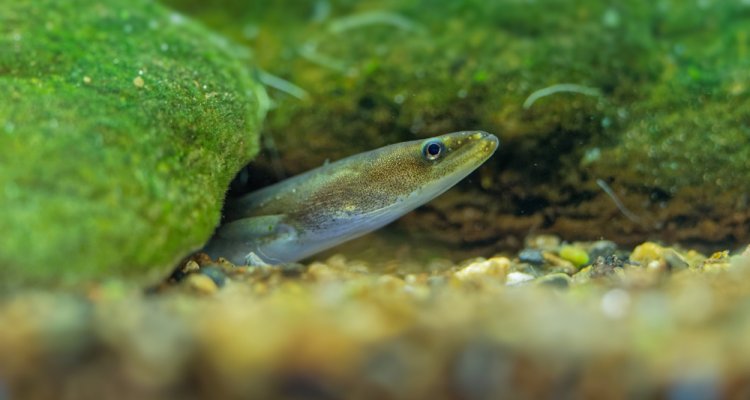
News
Controlling deformities in larviculture of the European eel: the beneficial effects of antibiotics pinpoint bacterial origin
Antibiotics can benefit early larvae of the European eel (Anguilla anguilla) in terms of lower mortality and improved development. This is one of the conclusions of a recent study where researchers tested the effects of antibiotics and egg surface disinfection treatment on hatching success, larval survival and the occurrence of deformities in wild and feminised eels.
The need to be able to propagate eel under aquaculture conditions is top-priority. Because the life cycle of the European eel has not been closed in captivity, the aquaculture industry still depends on wild-caught juveniles that are grown to marketable size. Although hatchercy practices have been extensively developed in European eels, larval mortality can still be very high within the first week of hatching.
Antibiotics and disinfectants
To understand the reasons behind larval mortality in the European eel, researchers from Animal Breeding and Genomics (ABG), together with a fish deformity expert from the University of Crete and two Dutch eel companies, conducted a study to test the effects of antibiotics (rifampicin and ampicillin 50 mg L-1) and disinfection (povidone-iodine, 25 ppm) treatment, alone or in combination, at 2 and 10 hours post-fertilisation. Effects on hatching success, larval deformities, and larval survival were assessed, in both wild and feminised eels. In order to be able to determine the effects on larval development, a deformity determination key for young eel larvae was developed identifying pericardial oedemas, microcephaly, an enlarged-yolk sac, necrosis and notochord deformities.
“Although antibiotics and egg disinfection treatments could improve larval survival by preventing the proliferation of pathogens, they may also cause negative side effects such as reduced growth, body malformations and oxidative stress,” says Pauline Jéhannet, researcher at ABG.
The researchers’ findings suggest that antibiotic treatment, but not disinfection, leads to lower mortality and deformity rates. “When eggs are overgrown with bacteria, egg development is hampered, and, as a result, hatching rates and larval health are affected,” says Pauline. “However, while reducing bacterial egg coverage is essential to increase larval survival in eels, we observed that disinfecting eggs with povidone-iodine negatively affected hatching success and larval survival in European eels.”
Not a sustainable solution
Contrastingly, the results of the study showed that the use of antibiotics increased larval survival during the yolk-sac larval stage. Still, although antibiotics increased larval longevity, only a low percentage of larvae without any type of deformities were observed. “The precise mechanisms causing deformities remains largely unknown in fish,” says Arjan Palstra, researcher at ABG and Wageningen Livestock Research (WLR). “Pathogens, inappropriate rearing conditions, pollutants, spawning induction therapies and the broodstock diet may cause deformities.”
Concluding, while antibiotics can benefit early eel larvae in terms of lower mortality and improved development, the use of antibiotics for eel larviculture is not, in the long run, a sustainable solution. Alternative solutions, aiming at increasing larval health, should be developed in European eels.